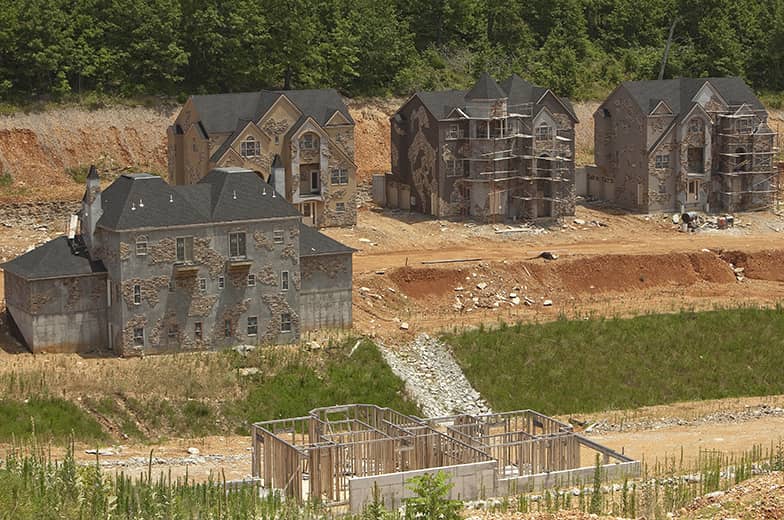

The aftermath of the flood brought further devastation to Pinhook. When the Army Corps opened the floodway, the town was destroyed and its residents have struggled to recover. Pinhook residents were given very little advance warning, and soon the village was under fifteen feet of water. Residents of wealthier communities in the floodway sued, but with levees on the verge of collapse, the floodways were opened. "Ohio (River) Flood Level Far Above Cairo Streets" - Water is within three feet of top of levee protecting Illinois city as expected crest of 62 feet is awaited. After the river reached 61.7 feet and sand boils began to develop along the Cairo levees, the decision was made to open the floodways for the first time since 1937. The towns fate would be completely sealed in 2011, when historic flooding along the Mississippi River threatened Cairo once again. ( ProPublica).Īt its peak, the tiny village housed about 250 people in the 1960's, but a series of floods in the 1970's would put the village in significant decline, and the population had fallen to less than 50 by 2010. The floodway, when used, put the excess waters directly in the path of the town. Image: Steve Zumwalt/FEMA via Vox Magazine.įive years after its foundation, the Army Corps of Engineers built the Birds Point-New Madrid Floodway to ease the annual flooding along the Mississippi River, in an attempt to save the then-prosperous City of Cairo downstream.

The status of Pinhook is both a story of ongoing climate change as well as the lackluster emergency response from the government, who in fact made Pinhook's perilous situation even worse. Due to limited options for settlement from white landowners refusing to sell their land, these determined individuals settled in low-lying land that would later prove perilous during flood seasons.


Pinhook, Missouri, a small town situated approximately 8 miles west of the Mississippi River, holds a significant place in history as a black community founded by sharecroppers in 1927.


 0 kommentar(er)
0 kommentar(er)
